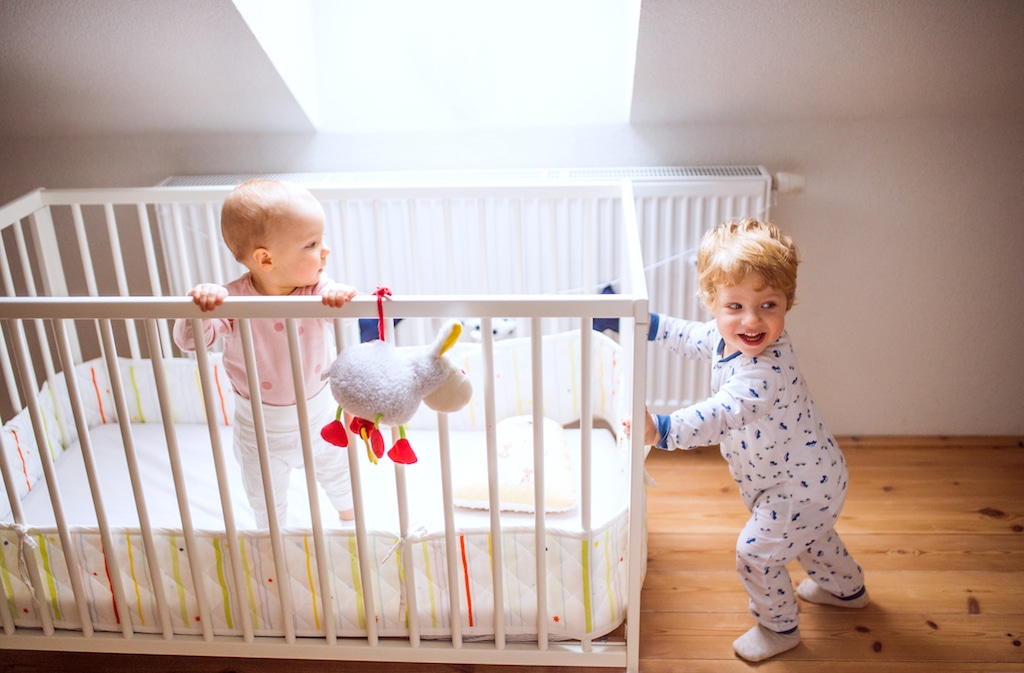If you have just separated or are likely to, it is important you get advice about what will happen with custody of the children. In the world of family law in Australia, we refer to this as parenting arrangements – who a child will live, spend time and communicate with, among other things.
Most of the time, parents who have separated can agree on a parenting plan for their children. For some, the children might live with one parent, and see the other at weekends, holidays and special days. For others, the children may effectively have two homes and spend an equal amount of time with each parent. For many, the arrangements are somewhere between.
Sadly, not all agreements can be made amicably, or there may be extenuating circumstances for which parents choose to litigate in the family court system. Litigating child matters in the courts can be particularly emotionally straining for all parties involved and it should be considered to be a last resort. That being said, it is important to understand the process and implications if you’re considering seeking custody as part of a separation.
What is child custody?
The term ‘custody’ is no longer used by the family law courts, but still used regularly by others and in the media. In Australia, parenting arrangements fall under the Family Law Act 1975, which covers divorce and separation, property separation, parenting arrangements and maintenance. The terms ‘custody’ and ‘access’ are no longer used and have been replaced with ‘live with’ arrangements and ‘spend time with’ arrangements as preferred terms.
There is no standard care arrangement for a child following separation or divorce, but the starting point is Section 65E of the Family Law Act. This details the basis of who a child will ‘spend time with’ and who a child will ‘live with’.
The law assumes that decision making is shared amongst parents (for example decisions around religion, medical treatments, changes to where a child lives or to their name or decisions around their education), unless in circumstances of a risk of family violence or abuse. However, equal shared parental responsibility does not always mean that there is an automatic right to spend an equal amount of time with the child. This decision can be made by the Courts in the best interests of the child.
Should I go to court for child custody?
In most child custody cases, parenting arrangements can be made without the intervention from the Courts. Most family law experts recommend finding alternative ways to finding a resolution, for example mediation. By appointing an experienced family lawyer and taking a proactive approach to litigation, it is very possible to avoid the Court or leave the court system sooner, allowing you to move on and focus on raising your children.
If you and your ex-partner cannot come to an agreed parenting arrangement and are seeking court intervention, ask yourself the following:
- Do I want sole parental responsibility?
- Why do I want sole parental responsibility? Do I have a genuine concern about the other party’s ability to care for the children and/or capacity to co-parent effectively?
- Why do I want the children to live with me? Do I have a genuine concern about the children’s ability to adjust or the new lifestyle of my ex-partner?
- Are my children at risk of violence, abuse or neglect? Do I have any evidence of this?
If your concerns are genuine and you cannot come to a resolution outside of the Court, you can file an application in the Family Law Courts for Parenting Orders. You should seek advice about whether any exemptions to attending family dispute resolution first apply to your circumstances. Found out more about how to calculate child support in Australia.
What is the legal process for getting child custody (parenting order)?
Before starting the process to get a parenting order, commonly referred to in the media and community at large as child custody, you should first consult with your solicitor before taking any action. You generally must be able to demonstrate that you have tried alternative methods of dispute resolution prior to filing an application, unless your situation is urgent or another exemption applies (for example it involves family violence or child abuse).
If you were unable to reach an agreement through dispute resolution methods, then you will need to file documents with the Federal Circuit and Family Court of Australia. This includes the initiating application, affidavit(s), mediation certificate, notice of risk, and the court filing fee.
What the court takes into consideration
The Courts’ primary focus in deciding on custody (parenting order) is what is in the child’s best interests. The primary considerations are;
- The benefit to the child of having a meaningful relationship with both parents
- The need to protect children from any harm, such as family violence, neglect or physical and psychological harm
The latter is always deemed the priority of the two primary considerations.
Other additional considerations may include;
- The views or wishes of the child – if these are expressed
- The relationship of child with their parents and significant others, for example grandparents and siblings
- Parental involvement – how much time each parent has spent with the child, whether they have fulfilled their parental obligations, opportunities taken up to spend time or communicate with a child
- The effect of any changes – such as where the child has been living or staying, practical difficulties of spending time with each parent or significant others
- Cultural issues – for example religion
- Any family violence issues
- Any other issues the court deems are important to the case
Breaching a parenting order
As parenting orders are court ordered, all involved must comply with it. If a person breaches a parenting order, it is considered very serious and can result in:
- Court-ordered participation in a parenting program
- Changes to the existing parenting order
- Fines
- Court-ordered community work
- Jail time in extreme/serious cases
What if I already have a parenting order in place and circumstances change?
If you have an existing parenting order and want to make changes, then you will need to prove to the Court that there has been a significant change in circumstances.
If both parties agree that there is a need to change the existing order and agree on the proposed changes, then you can file a draft consent order together, which the Court can then formalise without your physical presence in court.
If there have been significant changes in circumstances but both parties cannot come to an agreement on the proposed changes to the parenting order, then you will have to essentially redo the initial process of applying for a parenting order as if it were the first time. This is an application to vary parenting orders and expert legal advice should be sought first.
Get help with your parenting plan today
If you are going through a separation and need help with your parenting plan, our family lawyers are here to help. At Daykin Family Law, we’ve worked with hundreds of parents to come to a resolution in the best interests of their children, in and out of court.
For expert legal advice on the most appropriate and cost effective course of action for you and your family, contact us on (07) 3338 5645 to make an appointment for a fixed fee initial consultation today.
Keep in mind that extensive changes to parenting laws under the Family Law Act 1975 (Cth) will take effect from May 2024. The information contained in this article is current as at the time of posting. We recommend that current legal advice is obtained.

















